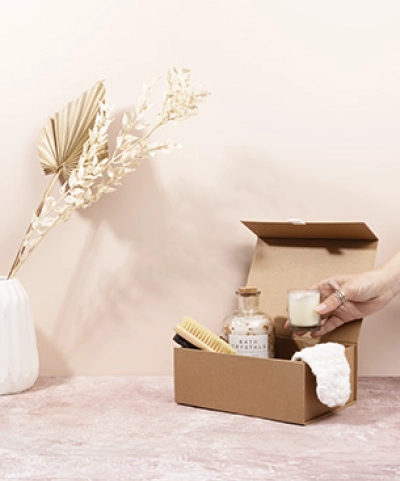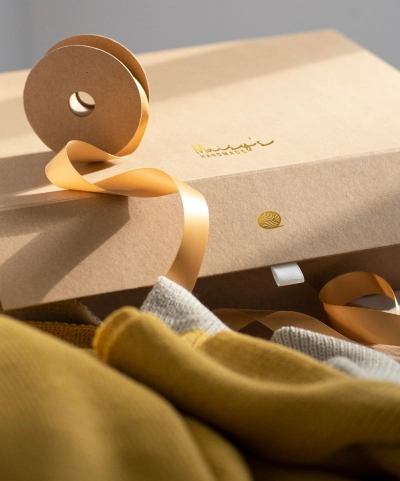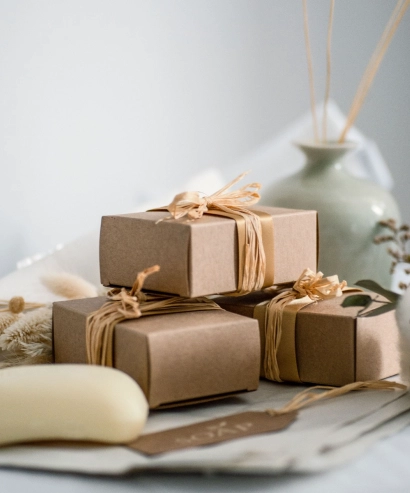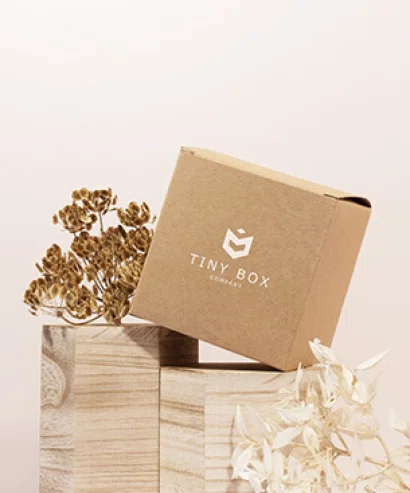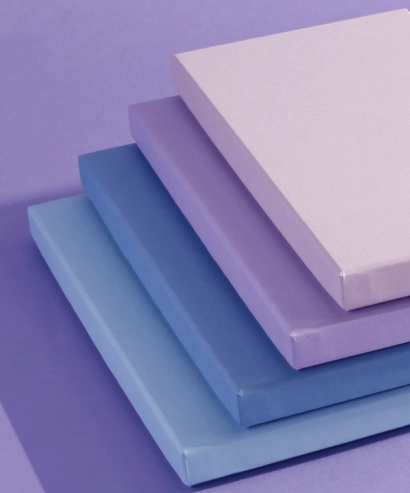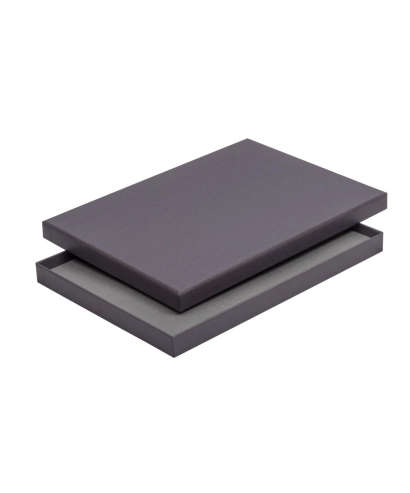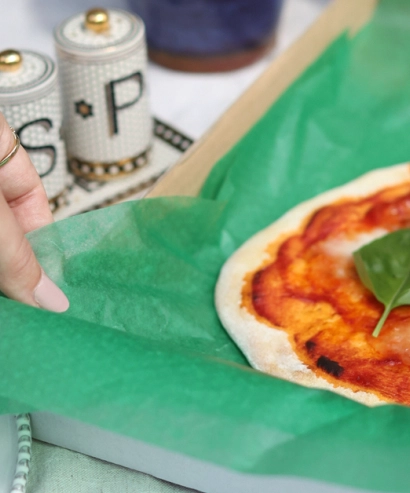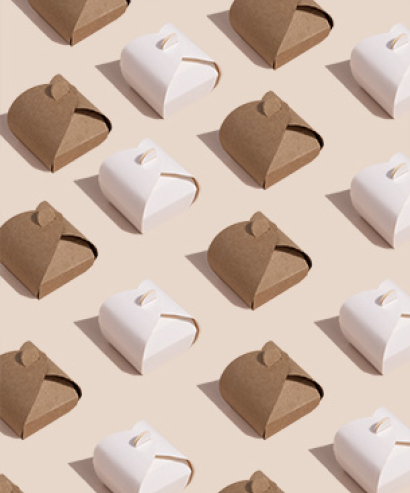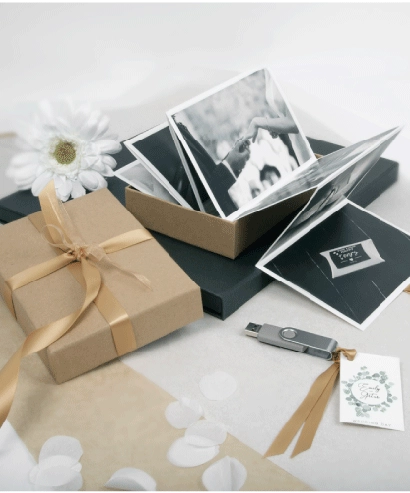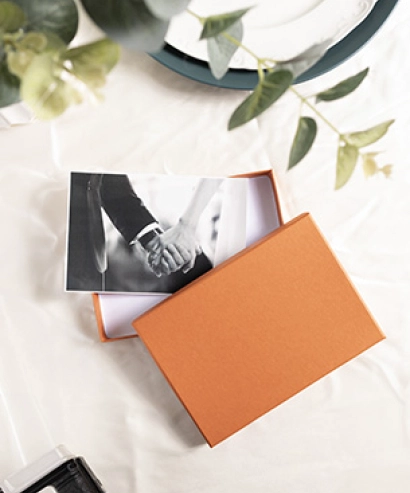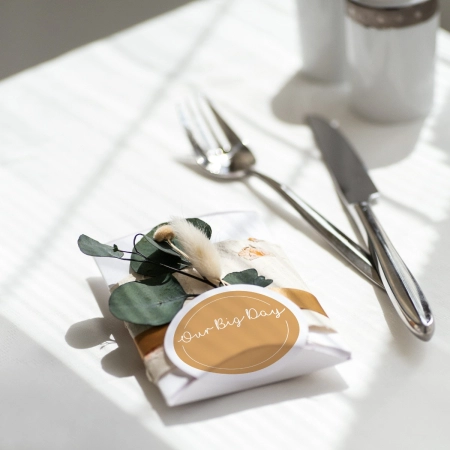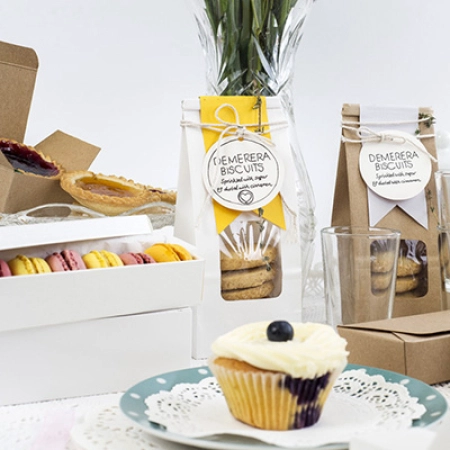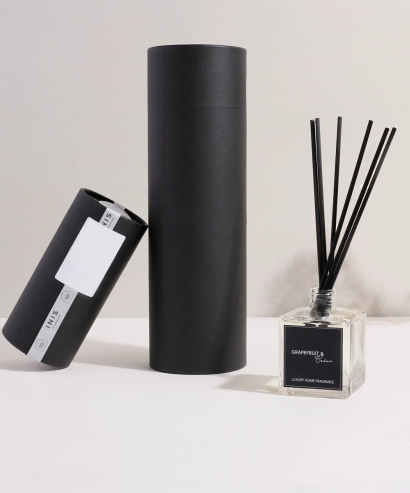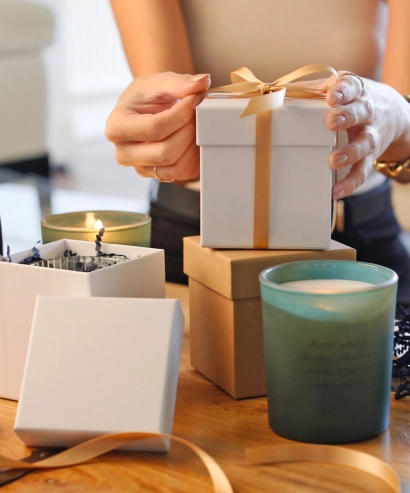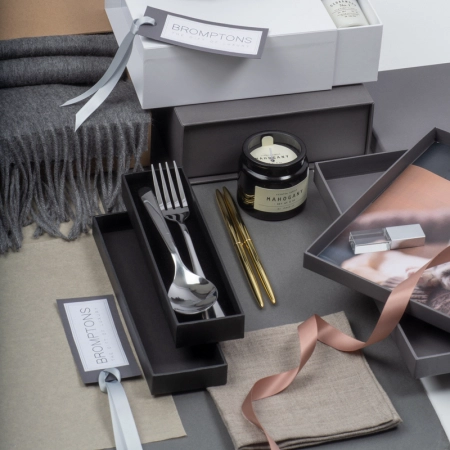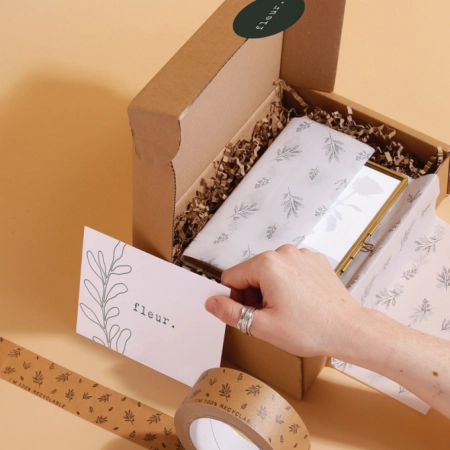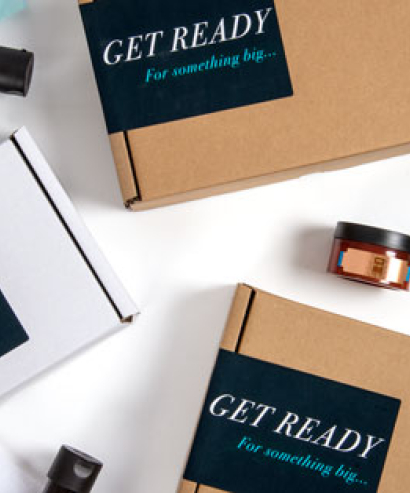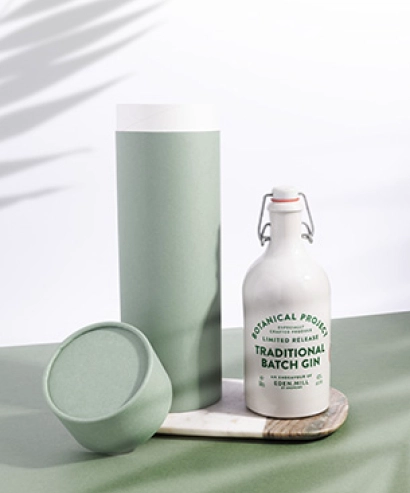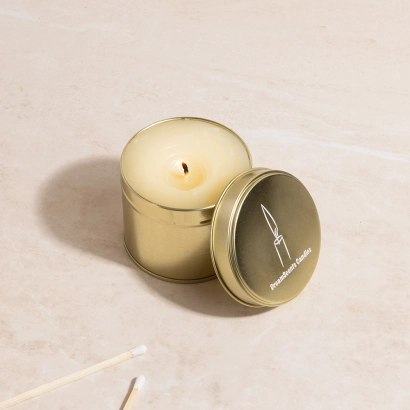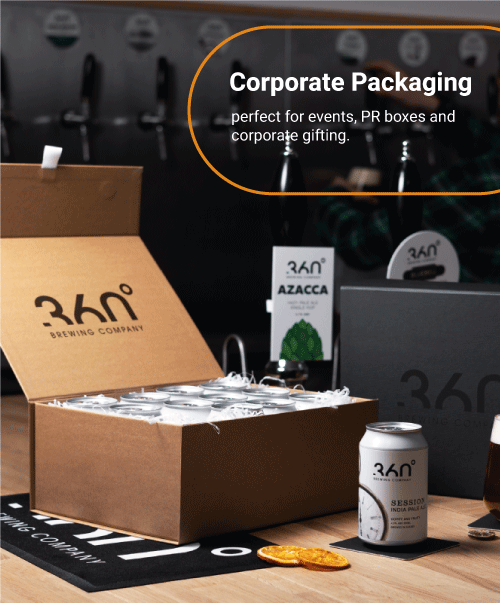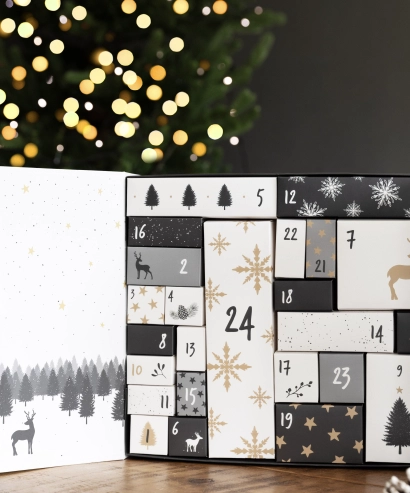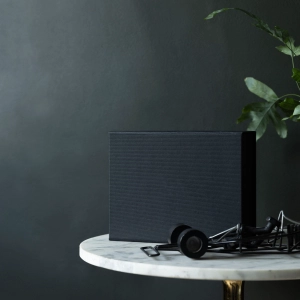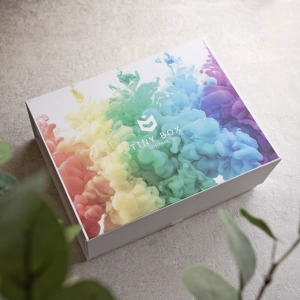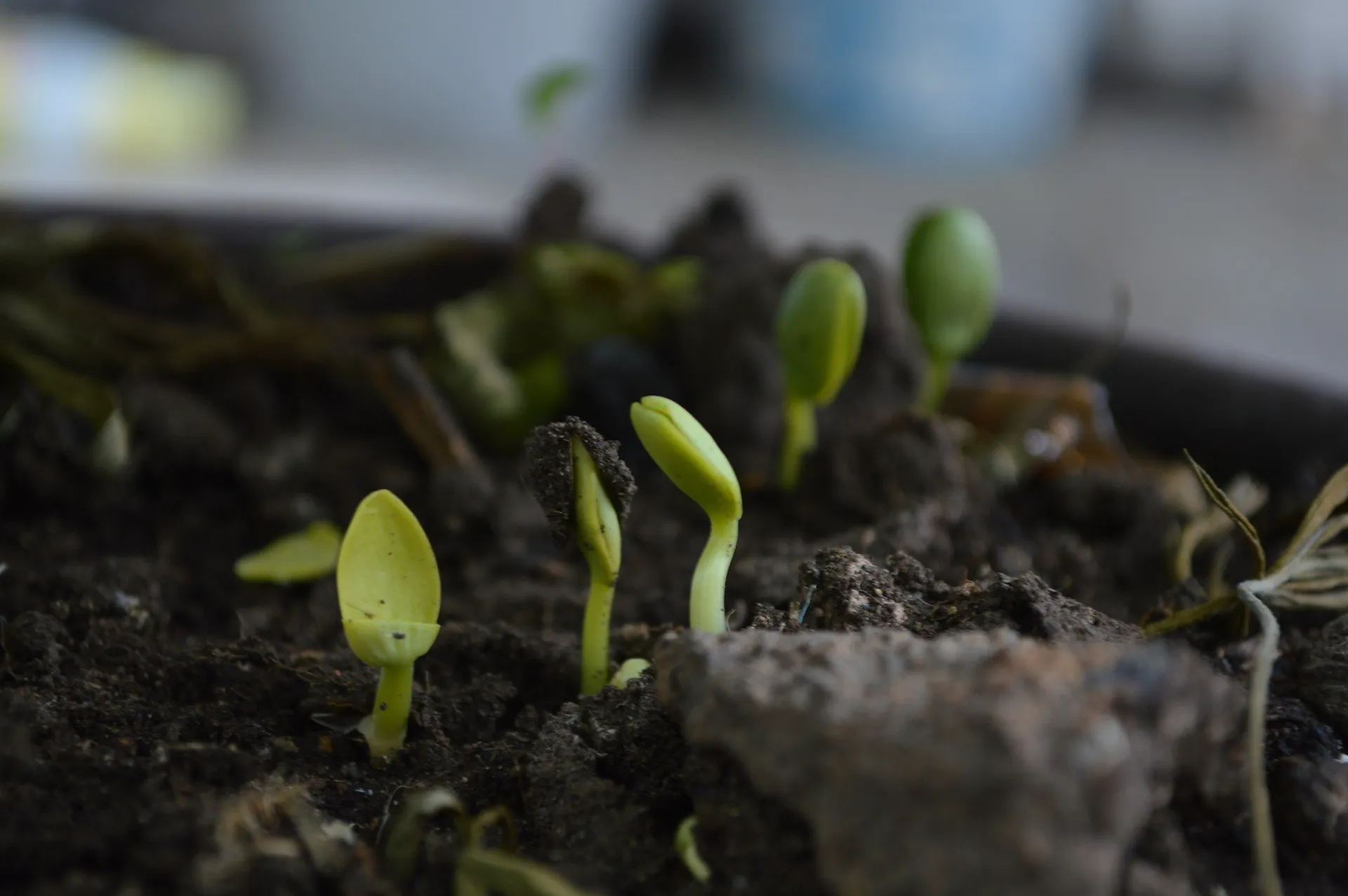
7 million tonnes of cardboard is wasted to landfill each year, which when put into perspective, it’s heavier than the Great Pyramid of Giza!
In the current environmental climate, it’s becoming much more important for us to educate ourselves on the different ways we can reuse, recycle and compost.
Take re-using to a whole new level! We know how important it is now, more than ever, to be as sustainable and environmentally friendly in business as humanly possible.
Buying our recycled and recyclable packaging is Step 1, but what about after your customer has received their beautiful gift? Have you considered educating your customers on how they can compost and recycle the packaging they buy from your products?
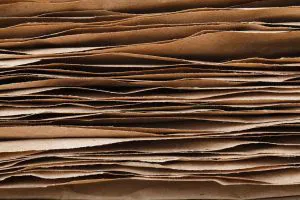
Did you know that you can compost cardboard? Cardboard is a gardener’s best friend and since it’s so rich in carbon it is brilliant for balancing compost.
Since cardboard and paper originally come from trees, it’s obvious why they are so carbon-dense. The components added to a compost heap, be it grass clippings, vegetable peelings and more, are usually rich in nitrogen. Carbon and nitrogen reactions are what allow our garden compost to decompose quicker.
Which types of cardboard can I use?
Corrugated Cardboard - regularly used for packaging, this can be torn down into small pieces.
Flat cardboard - often found as cereal boxes and shoeboxes, and our flat-packed ranges this is much easier for shredding which is perfect for adding to the compost heap.
Cardboard isn’t the only perfect component for composting, paper and newspaper is also a great addition to your soil.
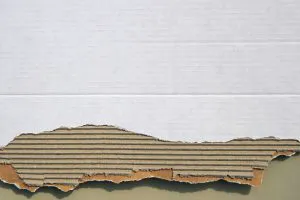
What to avoid
Make sure you try to avoid glossy or coloured cardboard as these can potentially contaminate your compost since some inks contain heavy metals.
Try to remove as much of the plastic packaging before shredding your cardboard, such as tape or packing information envelopes as plastic is not biodegradable.
How do I use it in my compost?
Shred your cardboard before adding to your compost, it doesn’t have to be thin strands, ripping it roughly works just as well and rots in the compost. You need to make sure the pieces aren’t too large as they do not decompose as quickly. Make sure the cardboard isn’t layered up, it needs to be dispersed between the green matter in the heap, otherwise it doesn’t degrade as well.
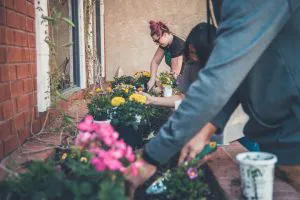
Turn the compost pile every 5 days to speed up decomposition - in six to eight weeks, the compost should be usable in your garden.
Keeping corrugated cardboard sheets whole can also help during the winter. If your compost heap is exposed at the sides, slide in some cardboard to close the gaps - this holds the heat inside the compost.
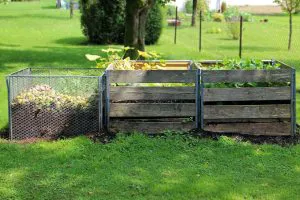
Using cardboard in compost is as easy as it sounds and it also helps the environment by not contributing waste to landfills. Individually we can't change the world. But together we can make a Tiny Difference.

